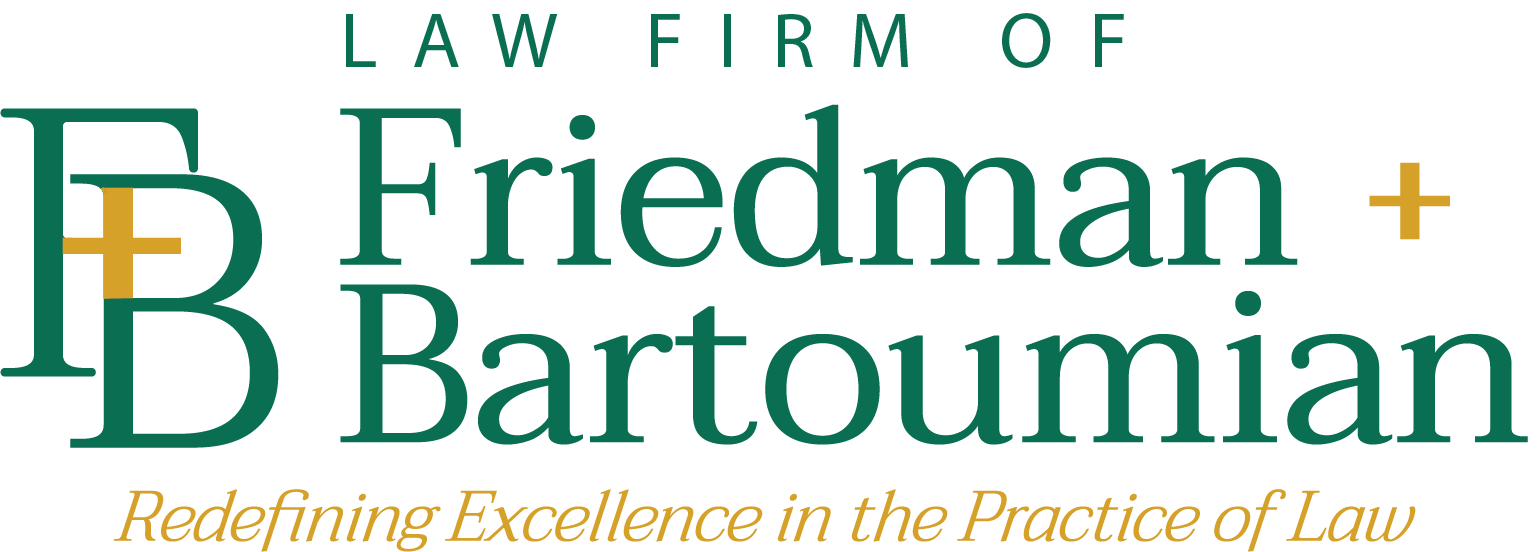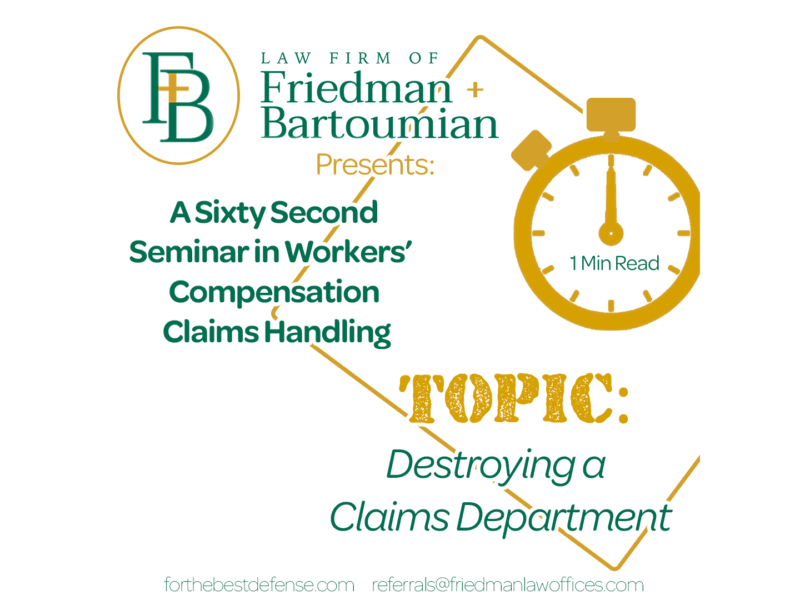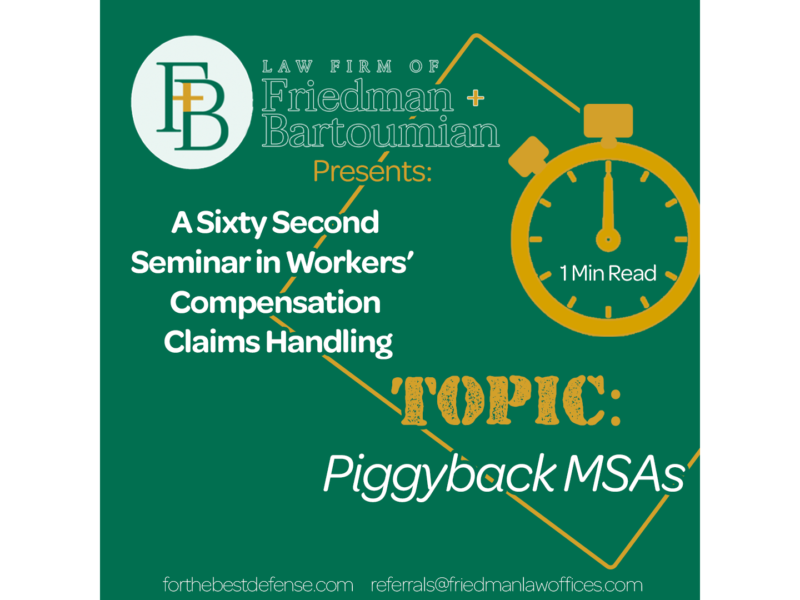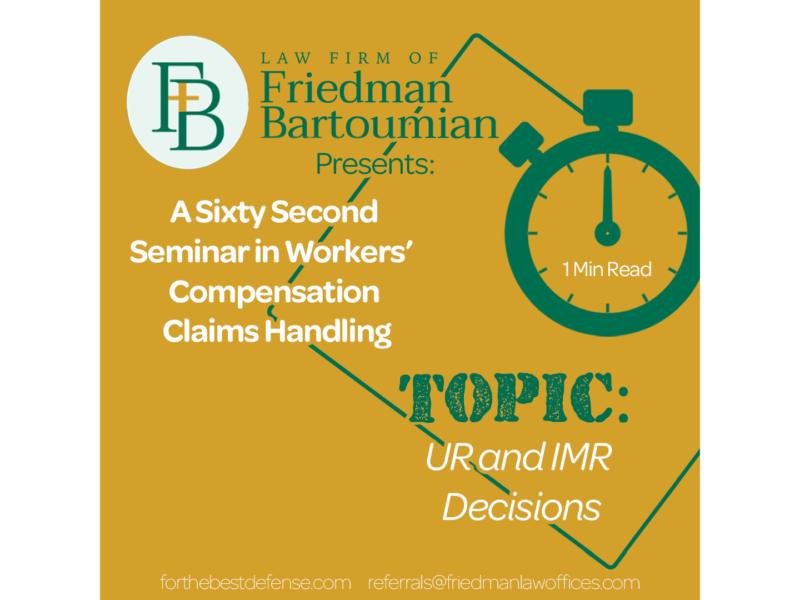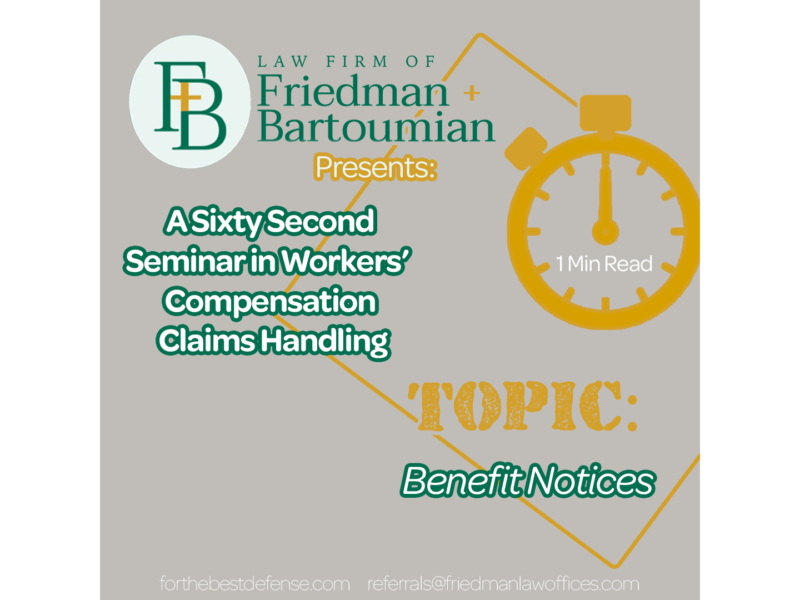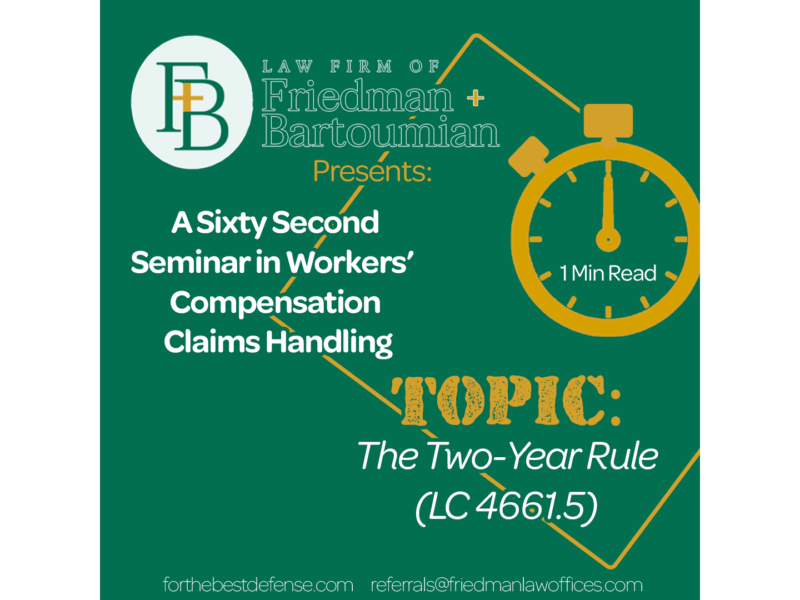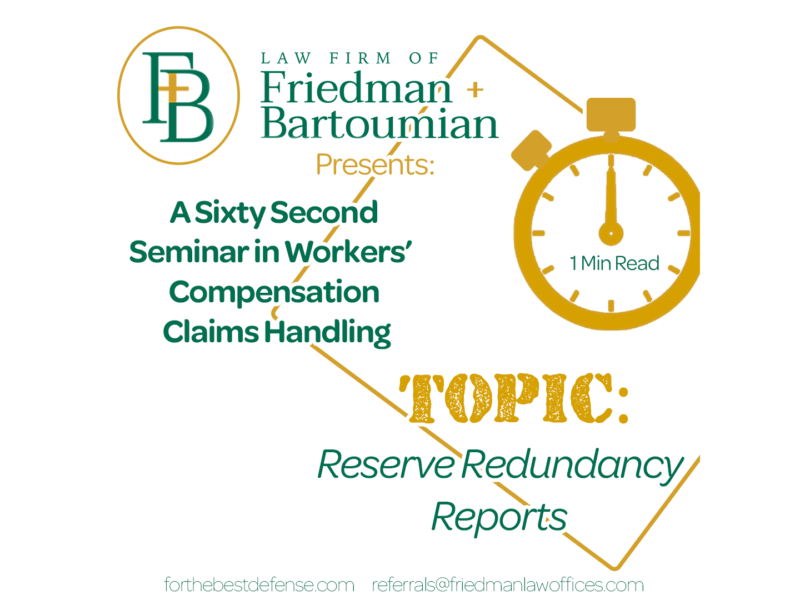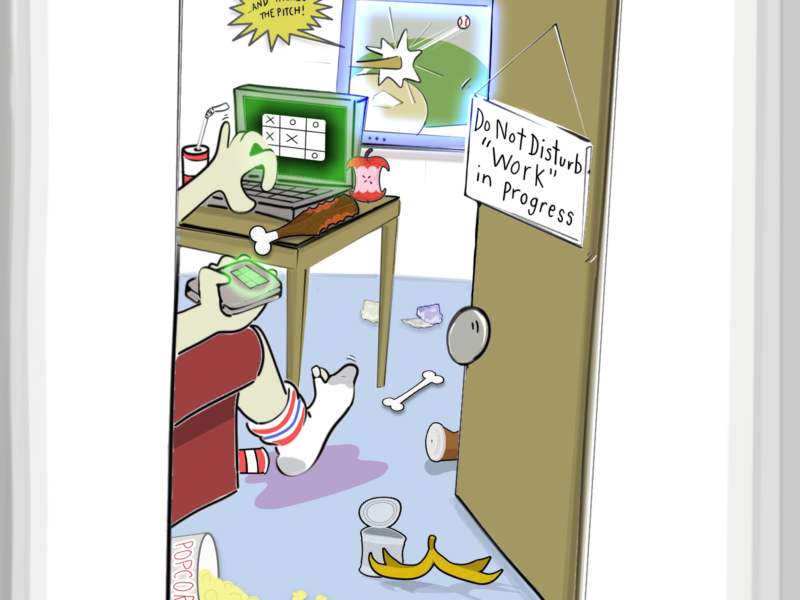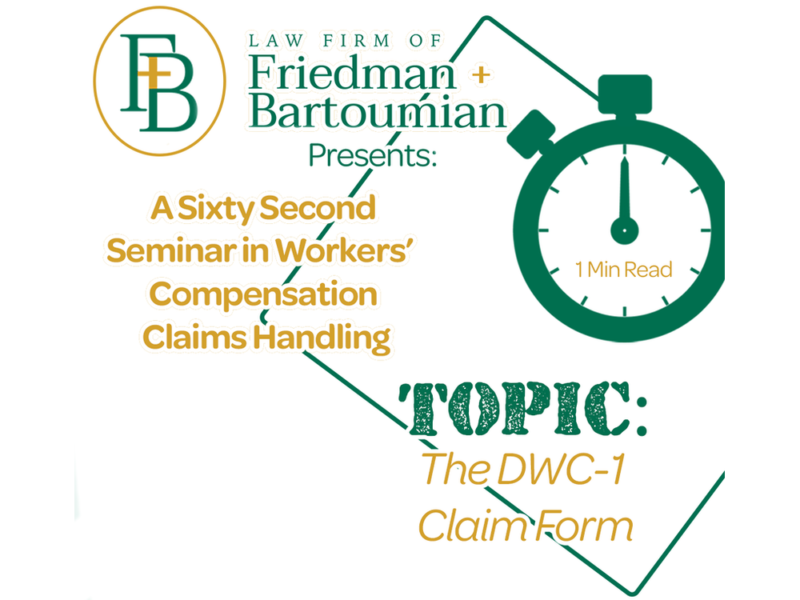How does an insurance company accidentally destroy its own claims department? It’s easy and we have seen it done three times. In all three instances, underwriters were to blame for destroying the claims department. Here is how they did it: First of all, an underwriter’s goal should never be to focus on writing as much …
Piggyback MSAs: A Sixty-Second Seminar in Workers’ Compensation Claims Handling
Today’s sixty-second blog can easily save a company a few hundred thousand dollars in just one workers’ compensation claim. You won’t believe how simple it is. We call it settling a claim with a Piggyback MSA. Before explaining the process, please allow us to first ask two simple questions: Have you ever seen a situation …
Piggyback MSAs: A Sixty-Second Seminar in Workers’ Compensation Claims HandlingRead More
UR and IMR Decisions: A Sixty-Second Seminar in Workers’ Compensation Claims Handling
Under California law, utilization review (UR) is designed to address requests for medical services as submitted by primary treating physicians on RFA forms. For the most part UR either certifies or non-certifies requested services, although at times a response may legally be delayed pending receipt of additional information. When an RFA is certified the requested …
UR and IMR Decisions: A Sixty-Second Seminar in Workers’ Compensation Claims HandlingRead More
Benefit Notices: A Sixty-Second Seminar in Workers’ Compensation Claims Handling
Why do so many claims administrators pay such little attention to benefit notices? Most insurance companies and third-party administrators consider drafting and sending out benefit notices to be nothing more than a clerical function, unworthy of an adjuster’s time or review. Consequently, errors are often made with some mistakes being downright cruel. For example: In …
Benefit Notices: A Sixty-Second Seminar in Workers’ Compensation Claims HandlingRead More
The Two-Year Rule (LC 4661.5): A Sixty-Second Seminar in Workers’ Compensation Claims Handling
When TD benefits are paid more than two years from the date of injury, the claims administrator is required pursuant to LC 4661.5 to verify if the benefit rate should increase. However, this requirement only applies if the injured worker is a maximum or minimum earner. Exactly how does the two-year rule work? The best …
Reserve Redundancy Reports: A Sixty-Second Seminar in Workers’ Compensation Claims Handling
Do you know what a reserve redundancy report is? Almost every major insurance company, third party administrator, and self-insured employer generates this report. Its purpose is to grade a claims adjuster’s reserve accuracy performance. It can make or break and adjuster’s career with a company. Yet the report has a serious flaw that often goes unnoticed. When a claim …
Reserve Redundancy Reports: A Sixty-Second Seminar in Workers’ Compensation Claims HandlingRead More
California Workers’ Compensation Law: Working Light Duty from Home
Written by Haik K. Bartoumian, Esq. Introduction: California workers’ compensation law allows injured workers to perform light-duty work at the employer’s facility and elsewhere, including working remotely from home. There are both advantages and disadvantages of working remote which must be considered as more fully discussed below. Also below is a section on applicable case …
California Workers’ Compensation Law: Working Light Duty from HomeRead More
The DWC-1 Claim Form: A Sixty-Second Seminar in Workers’ Compensation Claims Handling
It is reasonably understood in the workers’ compensation industry that an employer is required to provide a DWC-1 Claim Form to an injured worker within one working day of receiving notice or knowledge from any source of an industrial injury resulting in lost time beyond the employee’s work shift at the time of injury, or …
The DWC-1 Claim Form: A Sixty-Second Seminar in Workers’ Compensation Claims HandlingRead More
